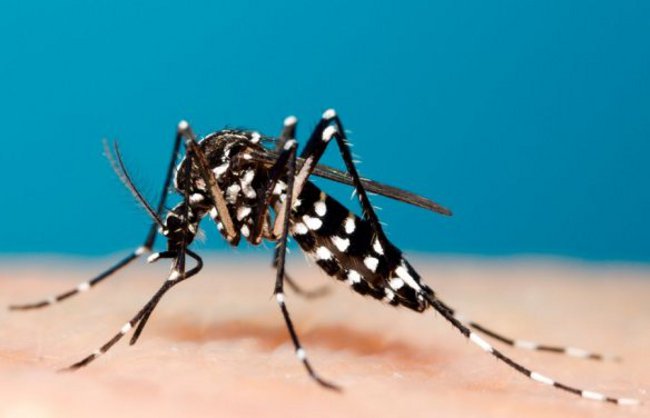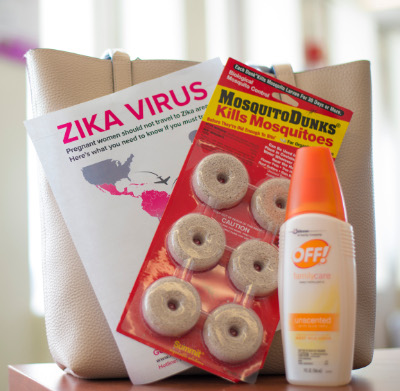
Zika virus may well be one of the greatest public health threats in recent history. I’m not saying that to cause panic, but to raise awareness.
Zika virus was first identified in 1947 in Africa. The virus has been named after the area where it was found, Uganda’s Zika Forest. Zika’s begun by infecting rhesus monkeys. Back then the problem was local and the symptoms were quite mild, mostly limited to a rash. Between 1969 and 1983 a new type of zika virus was identified in Asia. The Asiatic type of the virus has been found to cause neurological damage and birth defects in 2013. In 2015 zika virus took hold of Brazil and neighboring countries where it caused the greatest harm to date.
How are we doing in the US? According to the U.S. Centers for Disease Control and Prevention as of July 21st 2016 thirteen babies have been born with Zika-related birth defects nationwide, including two in California (the California babies were born with microcephaly).
So far over 1,600 people in the United States have become infected with Zika virus this year. Most of them have confirmed having traveled to zika-infected countries. In California alone, there are 114 known, travel-related zika infections. (In Los Angeles County 24; in San Diego County 23.)
In addition, Pentagon identified zika infection in 41 troops and 7 of their family members.
The first severe zika mosquito infestation in the United States was identified in Florida. Massive efforts are underway to contain and destroy the virus-spreading mosquitoes, including genetic manipulation which would render the offspring of the zika mosquito harmless. Still the zika infested area keeps on growing; it has tripled in size as of this writing.
Already in February 2016, President Obama asked Congress for $1.9 billion in emergency funds to finance the fight with – and prevention of – zika. Members of the US Congress took time to work on the legislation but so far they didn’t pass the bill that would release funds to fight and prevent zika.
So for now at least, it’s up to us to protect ourselves. It’s been confirmed so far that the zika mosquitoes gather around open bodies and containers of water. They bite during the day and at night. They transmit the virus among each other and to other mosquitoes. Some uninfected mosquitoes contract the virus directly from people who are already infected with it.
It appears that the zika virus poses the greatest threat to pregnant women who pass the virus on to their unborn babies. It isn’t known yet whether the infection can be spread through breastfeeding. Zika virus can be spread by sex with an infected person even if the person has no symptoms of infection. It can be contracted also by blood transfusion or organ transplant. (It didn’t happen in the US, yet.)
 New York is distributing zika virus prevention kits to pregnant women. Centers for Disease Control and Prevention provide information for building zika infection prevention kit.
New York is distributing zika virus prevention kits to pregnant women. Centers for Disease Control and Prevention provide information for building zika infection prevention kit.
Again, this kit is also intended for pregnant women but with a little common sense can be modified for anyone’s use.
Yes, there are quite a few things we should fear, not the least of which in California are earthquakes. As we know common sense and preparedness go a long way when it comes to many life’s emergencies, the same is true for zika. There is no known method of treating or curing the zika infection or birth defects it causes. There are however several effective ways of preventing zika infection.
How to protect yourself from contracting zika virus:
- don’t travel to countries with high incidence of zika infections
- don’t have unprotected sex (the first symptoms of zika infection are flu-like…)
- protect yourself from all and any mosquito bites!
use an insect repellent - wear long sleeves and pants
- make sure your window screens are in good condition
